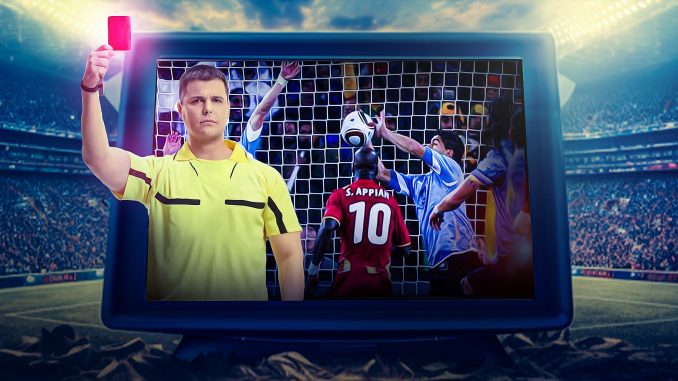
Highlights
- Football has continually evolved since 1872, with changes being for the better but also for the worse.
- Major changes saw penalties, offsides, and handballs introduced over the years.
- However, not all rule changes have been great. GIVEMESPORT has analysed eight of the best – and worst – changes to the beautiful game.
Football is the world’s most popular sport, yet it is continually changing. From the first recognised international match in 1872 between England and Scotland to every modern-day Champions League final, the rules have evolved – for good and bad. The sport in the 19th century was very different compared to the sport that we all watch now. There was no such thing as Video Assistant Referee (VAR) during those days, whilst the handball and offside rules were incredibly different.
As tactics improved – and the game became more financially driven – the sport brought in major changes to try and improve it, whether it was for more entertainment or safety, there have been countless changes ever since. Due to all the changes in modern football, GIVEMESPORT has outlined every major change in the sport since 1872 – up until 2019 – whilst also analysing eight of the best and worst changes to football.
Ranking Factors
- Significance – rule changes that are still used in modern-day football have been classed as the ‘best changes’, unsurprisingly. Meanwhile, rule changes that didn’t last very long have been classed as the ‘worst’.
- Impact on the sport – if the rule changes stayed for a long time and changed the game – for better or worse – they have been ranked. These have been some of the most well-known changes over the past 150 years.
- Initial feedback to the rule changes – rule changes that were well supported have been ranked as the ‘best’, whilst rule changes that were not popular – and then removed – have been ranked as the ‘worst’.
|
Year |
Change |
|---|---|
|
1872 |
Introduction of the specific position of a goalkeeper, who is allowed to handle the ball. |
|
1872 |
Corner kicks were introduced. |
|
1874 |
The indirect free kick, previously used only to punish handball, is extended to cover foul play and offside. |
|
1878 |
A player can be offside from a throw-in. |
|
1883 |
Unification of rules across the United Kingdom (player cannot be offside from a corner kick) |
|
1887 |
The goalkeeper may not handle the ball in the opposition’s half. |
|
1891 |
The penalty kick is introduced, for handball or foul play within 12 yards of the goal line. |
|
1897 |
Laws specify the number of players (11) and the length of matches (90 minutes). |
|
1907 |
Players cannot be offside when in their own half. |
|
1912 |
The goalkeeper may only handle the ball in his own penalty box. |
|
1920 |
A player can’t be offside from a throw-in. |
|
1925 |
The offside rule is relaxed; a player is onside as long as there are two opponents between the player and the opponent’s goal line. |
|
1938 |
A player may be sent off for serious foul play. |
|
1965 |
Substitutions of injured players are allowed in competitive matches for the first time. |
|
1970 |
Introduction of physical red and yellow cards. |
|
1990 |
A further relaxation of the offside law: a player level with the second-last opponent is considered onside. |
|
1992 |
Introduction of the back-pass rule: the goalkeeper may not handle the ball after it has been deliberately kicked to them by a teammate. |
|
1993 |
Introduction of Golden Goal. The match ends after the first goal in extra time – kept until 2004. |
|
1997 |
A goal may be scored directly from the kick-off or from the goal kick. |
|
2000 |
If a team started to shout at the referee when awarding a free-kick, it would be moved forward 10m. It was kept until 2005. |
|
2000 |
The goalkeeper may not handle the ball for more than six seconds. |
|
2002 |
Silver goal – team leading at half-time of extra-time declared the winner. Abolished in 2004. |
|
2012 |
Goal line technology permitted. |
|
2016 |
Kick-off may go in any direction. |
|
2018 |
Video Assistant Referee (VAR) permitted. |
|
2019 |
Goals scored by hand, whether accidental or not, are disallowed. |
Length of time in soccer matches, half-time and penalty shoot-outs
Depending on added time, soccer matches can often run for over 100 minutes.
1 Back-pass rule
Before 1992, a defender could simply pass the ball back to his goalkeeper, who would receive the pass, hold onto the ball as long as he could and clear it upfield. Unless the other team won the second ball and launched an attack, the ball usually ended up back in the keeper’s gloves again. It made time-wasting rife within the sport, but – in 1992 – it was abolished. Goalkeepers were no longer allowed to pick the ball up when it was played to them by a teammate. It stopped frequent time-wasting and improved the flow of matches. Unsurprisingly, the new rule is still used in football today.
|
Key Info |
|
|---|---|
|
Year introduced |
1992 |
|
Why was it introduced? |
To stop time-wasting. |
|
Is it still used? |
Yes |
2 Introduction of red and yellow cards
The introduction of physical red and yellow cards drastically improved the sport. They were permitted in 1970 – and introduced to the English Football League in 1976. Before the 1970s, players could still be sent off, but there was no physical way to tell them, apart from weak communication. The red and yellow cards, introduced by Ken Aston, made it clear to fans in the stadium, staff and people around the world what was happening, even if they didn’t speak the language. It was temporarily removed in 1981 but re-implemented by the IFAB in 1987. Ever since that decision, the two cards have been a famous image within football.
|
Key Info |
|
|---|---|
|
Year introduced |
1970 |
|
Why was it introduced? |
To improve communication. |
|
Is it still used? |
Yes. |
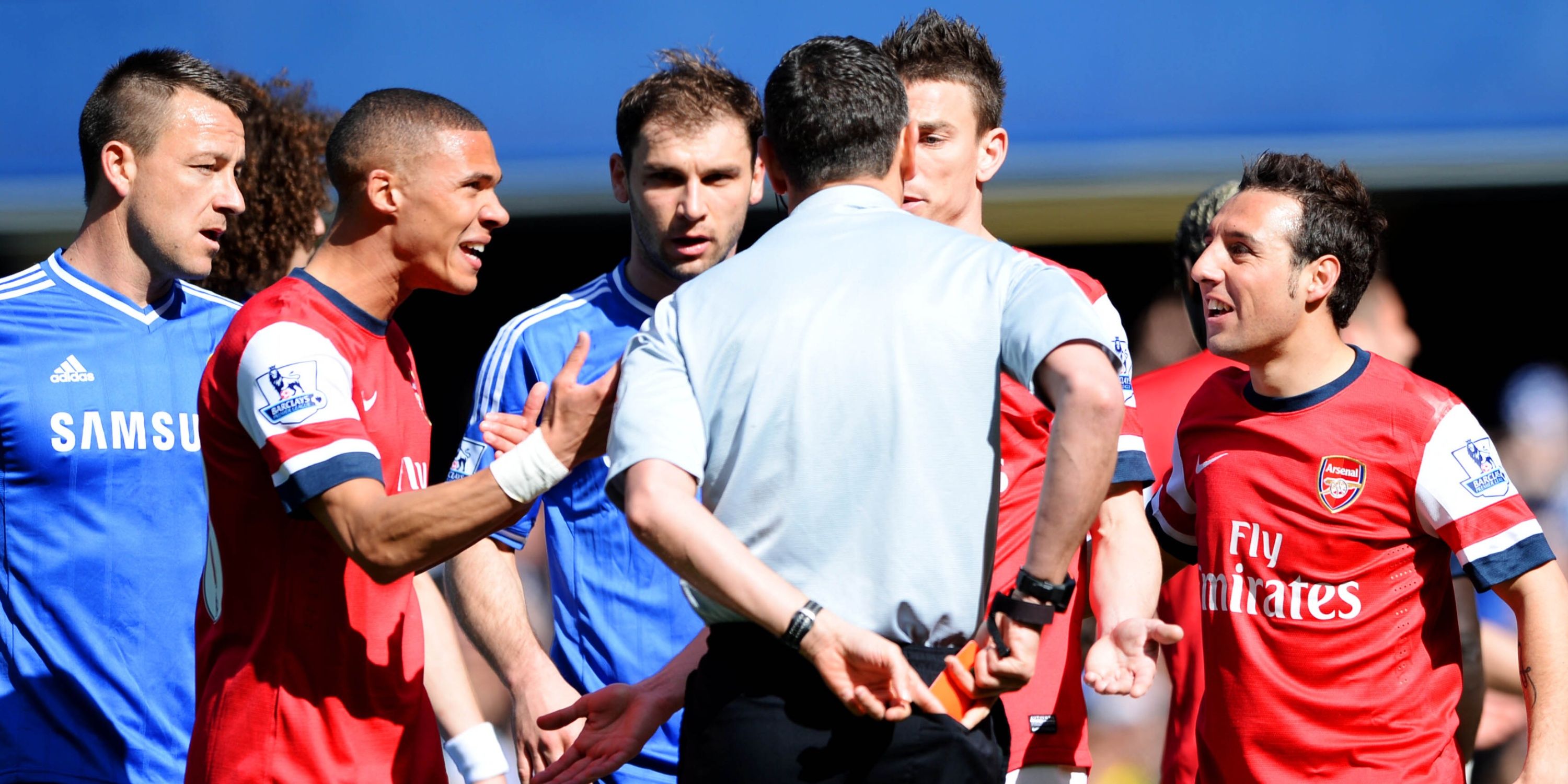
The most bizarre red cards in Premier League history
Robin van Persie, Lee Bowyer and Kieran Dyer all feature…
3 Substitutions of injured players
Substitutions are a common site within modern football. In the Premier League, you are allowed five substitutions with three windows. However, up until 1965, you were not allowed to make substitutions, even if there was an injured player. From that point onwards, teams were allowed to make one substitution, whilst in 1987, two subs were allowed, as long as one was a goalkeeper. When the Premier League was introduced in 1992, three substitutes were allowed – with one being a goalkeeper, with the number of players on the bench gradually increasing over time – currently allowed at nine. It was brought in to improve matches and prevent injuries; it has worked incredibly effectively.
|
Key Info |
|
|---|---|
|
Year introduced |
1965 |
|
Why was it introduced? |
To prevent matches from being unfair. |
|
Is it still used? |
Yes – the number of substitutions increased over time. |
4 Penalty kick introduced
Going back over 120 years, penalty kicks were introduced in 1891. It would feel weird to have a match without a penalty being allowed, but that was once the case. The invention of the penalty kick is credited to the goalkeeper and businessman William McCrum in 1890 in Milford, County Armagh. A year later, they were given for handball and foul play within 12 yards of the goal line. It has changed since, with decisions when rewarding penalty kicks now more lenient, whilst penalty shootouts – to decide matches – were only introduced in 1970, with the first one at a major championship in the 1982 Euros final.
|
Key Info |
|
|---|---|
|
Year introduced |
1891 |
|
Why was it introduced? |
To punish foul play. |
|
Is it still used? |
Yes – although penalty kicks are now rewarded for more moments. |
5 VAR introduced
VAR was permitted by the IFAB and FIFA in 2018 – ahead of the World Cup in Qatar. Operating as a team of referees in an off-site hub, they use cameras and replays to analyse decisions. They can look at serious foul play, offsides in the buildup to goals and handballs. It was introduced in the Premier League from the 2019/2020 season – and it is still used in every major competition. Some fans like the idea, whilst other fans hate it; that’s for you to decide. It helped place the pressure off referees’ shoulders on the pitch, at a time when scrutiny was higher than ever.
|
Key Info |
|
|---|---|
|
Year introduced |
2018 |
|
Why was it introduced? |
To get more decisions correct. |
|
Is it still used? |
Yes – in every major competition. |
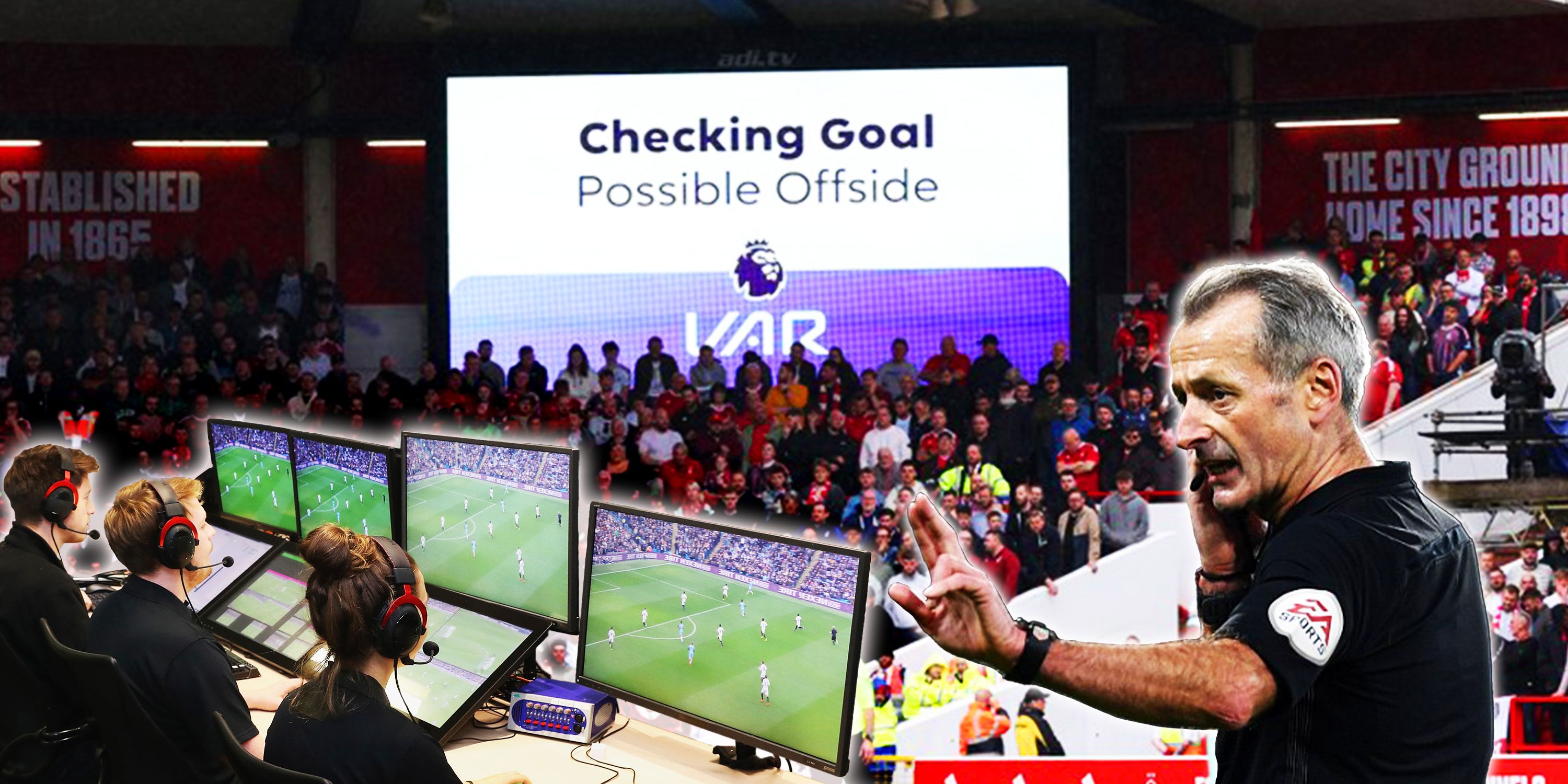
VAR explained: How it works, decision-making process and more
Everything you need to know about how VAR works in the Premier League
6 Golden Goal
Golden Goal was the idea that extra time would end as soon as a team scored, thus being crowned the winner. It was introduced to encourage more intense extra time periods where teams would look to secure a dramatic winner. Instead, it inspired the opposite approach, with teams opting for a defensive approach. Germany famously won the 1996 Euros with it once thanks to Oliver Bierhoff on 95 minutes, crushing Czech dreams. France won Euro 2020 with it through a last-gasp equaliser from Sylvain Wiltord and then a Golden Goal winner by David Trezeguet. However, it failed to consistently work, so it was abolished in 2004.
|
Key Info |
|
|---|---|
|
Year introduced |
1993 |
|
Why was it introduced? |
To separate matches in extra-time – instead of a penalty shoot-out. |
|
Is it still used? |
No – abolished in 2004. |
7 Silver Goal
With Golden Goal not being particularly popular in the late 1990s and early 2000s, UEFA decided to introduce the concept of Silver Goal. This entailed that matches could end at half-time in extra-time if one team was leading – in an attempt to force teams to attack early on in extra time. It was famously used to decide Greece vs the Czech Republic in the 2004 Euros, with Dellas scoring late on at the end of the first period, sending the Czech Republic home. It was part of Greece’s dramatic journey to becoming European champions for the first time in their history that year. Silver Goal was abolished alongside Golden Goal in 2004 and – unsurprisingly – it has never been reintroduced since.
|
Key Info |
|
|---|---|
|
Year introduced |
2002 |
|
Why was it introduced? |
To improve entertainment in extra time. |
|
Is it still used? |
No – abolished in 2004. |
8 Advance 10m rule
Back in 2000, FIFA introduced the ‘advance 10m’ rule. This suggested that if the referee blew for a free-kick, and a team launched a heap of abuse towards the officials, the kick would be moved forward 10 metres. However, it didn’t just stop there. If the players continued, it could be moved forward another 10m – and so on. It was permitted to reduce dissent in the final third and improve discipline, but it never caught on – as players intentionally shouted at the referee to make it harder for the opposition team to get their free kick up and over the wall. Unsurprisingly, it was abolished in 2005.
|
Key Info |
|
|---|---|
|
Year introduced |
2000 |
|
Why was it introduced? |
To improve discipline among the players. |
|
Is it still used? |
No – abolished in 2005. |

Sin bins in football explained: How they will work in soccer
Here’s how this potential new rule would be implemented

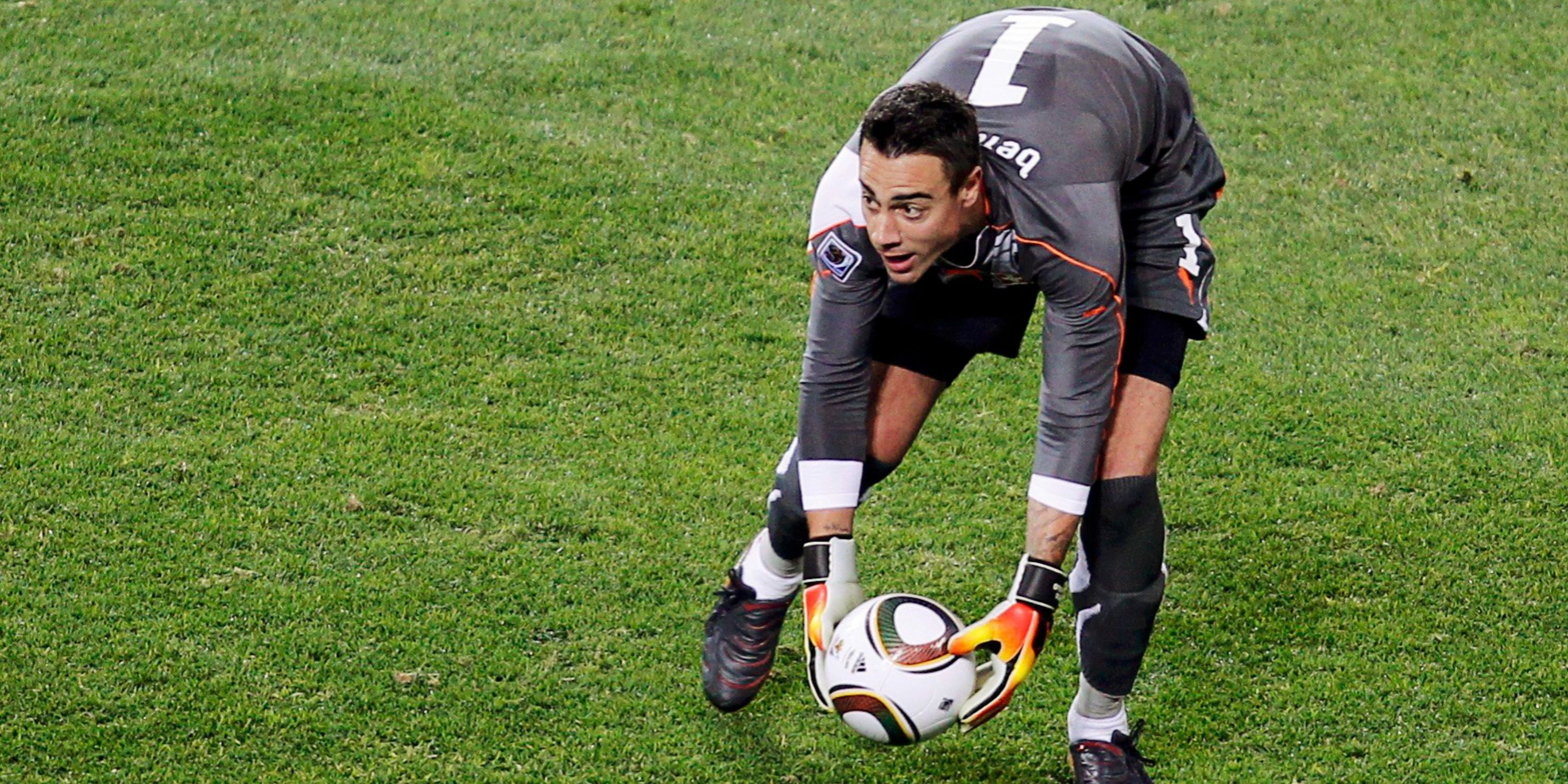
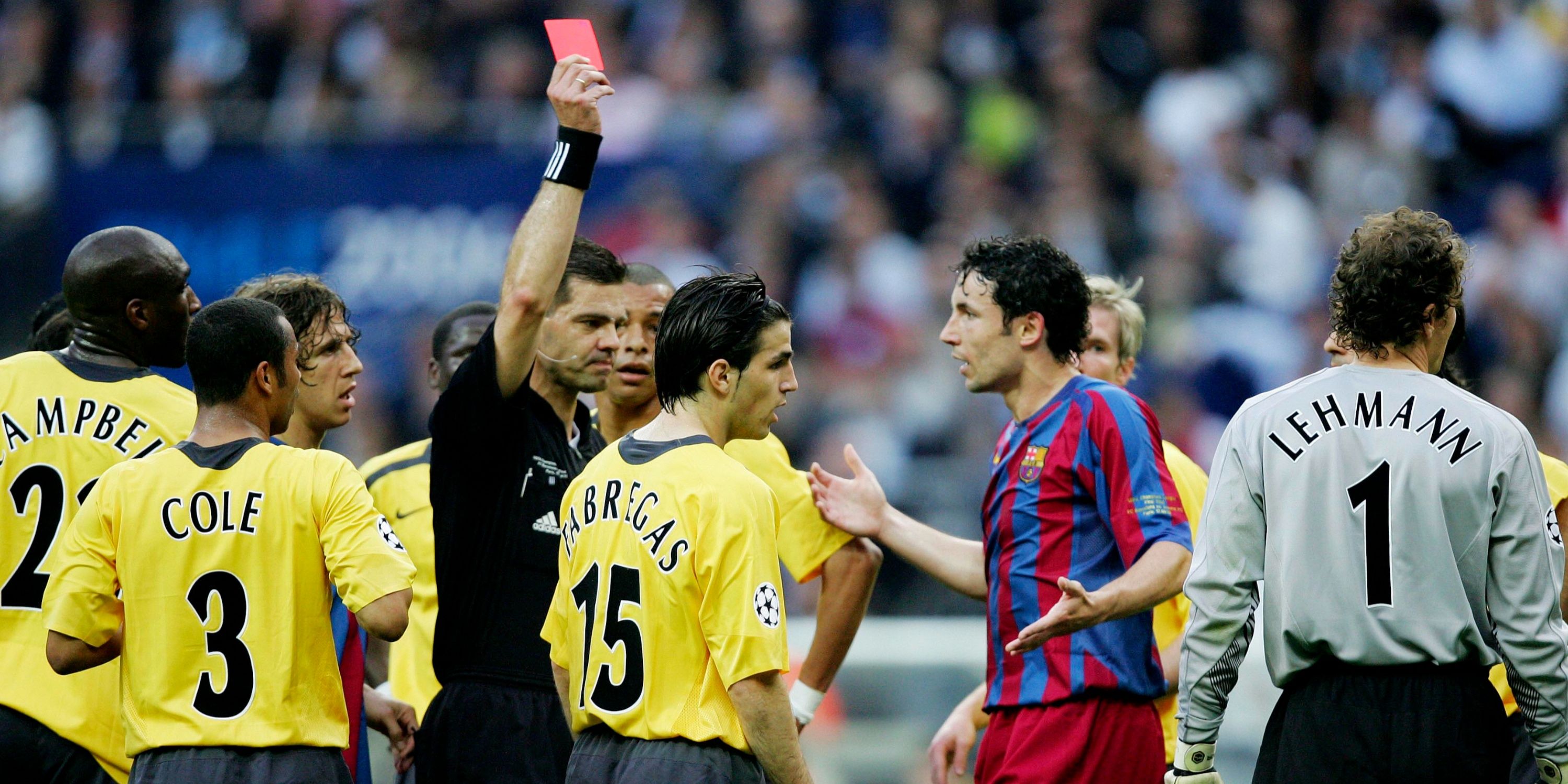
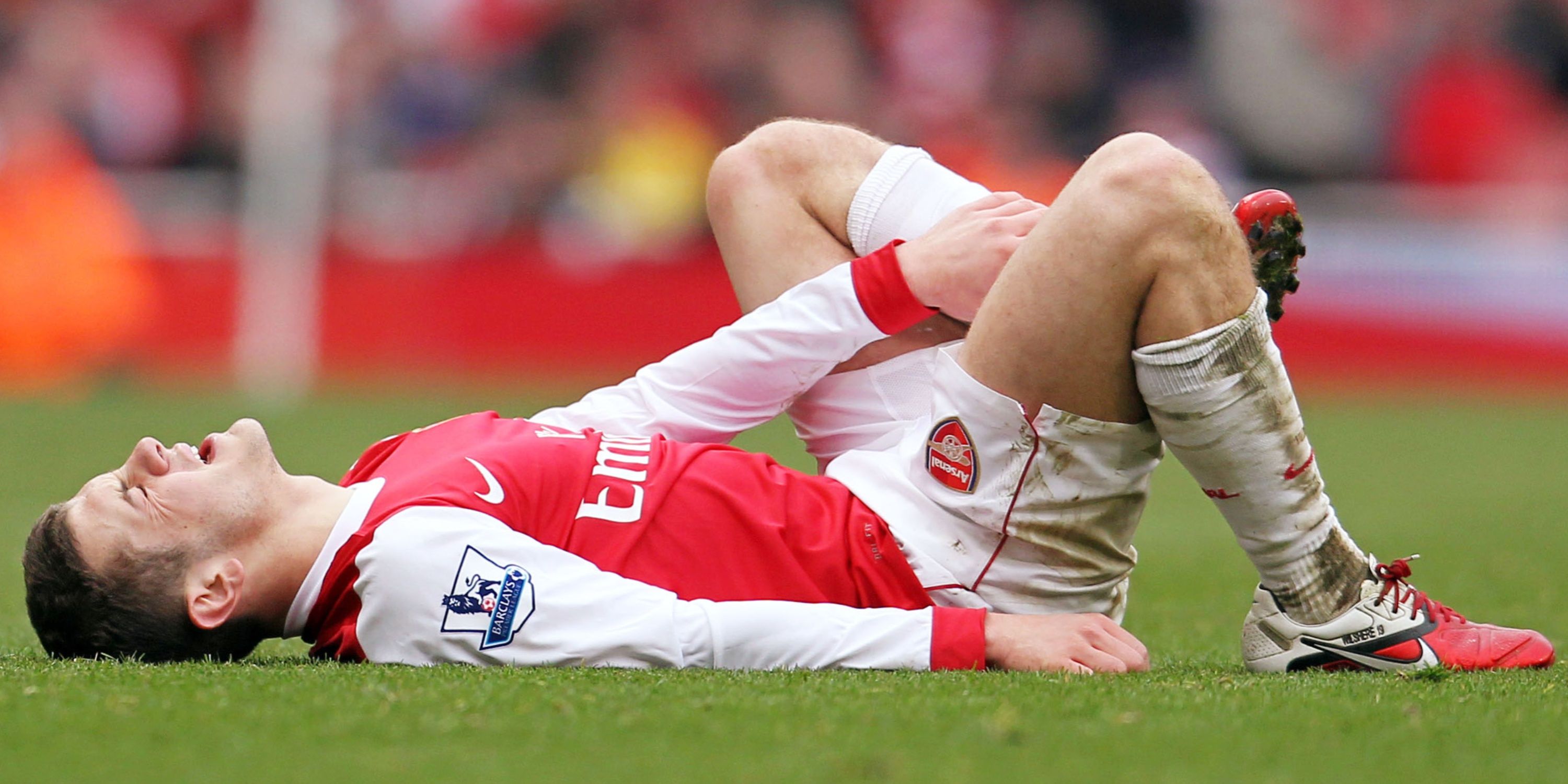
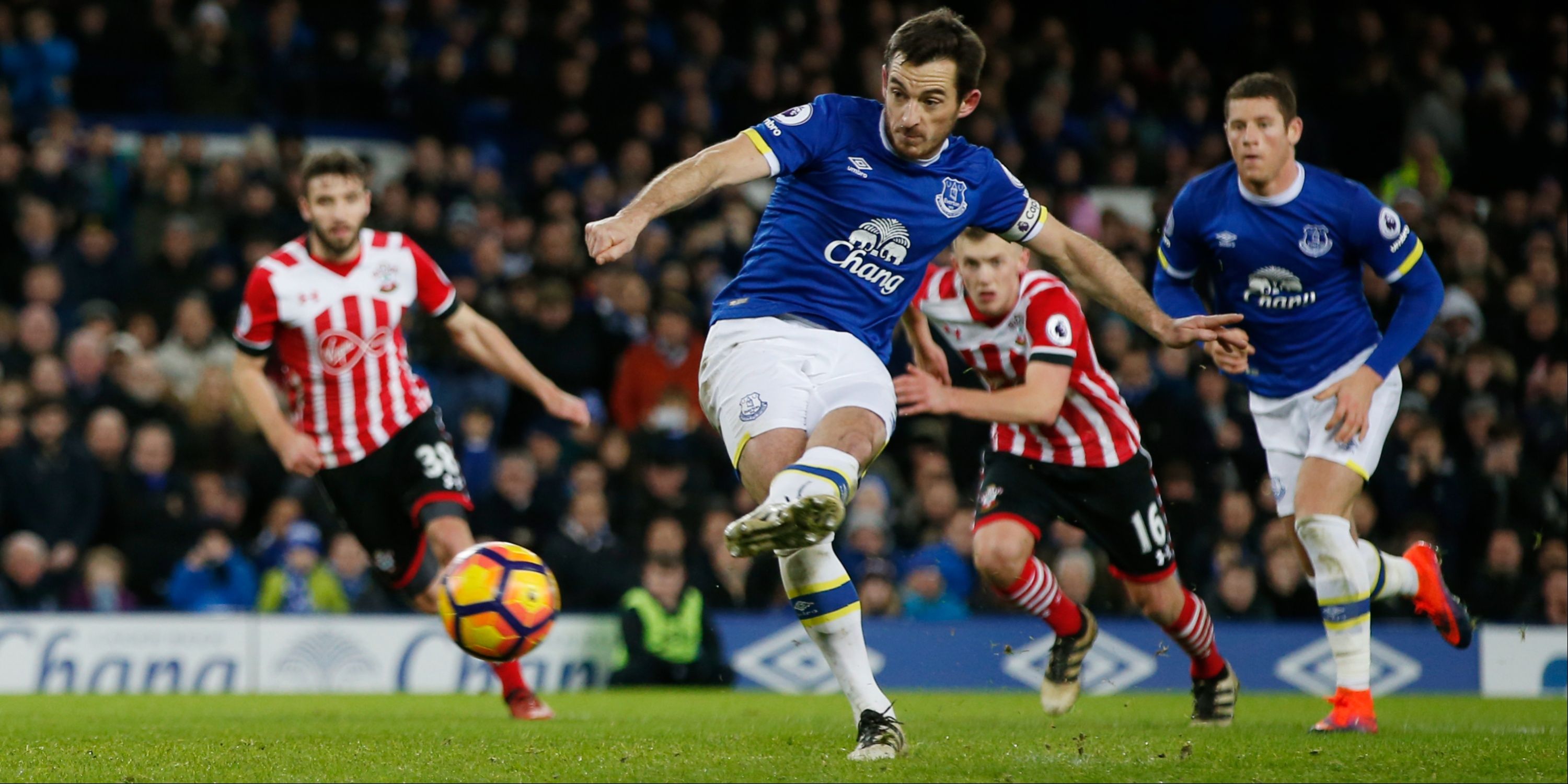
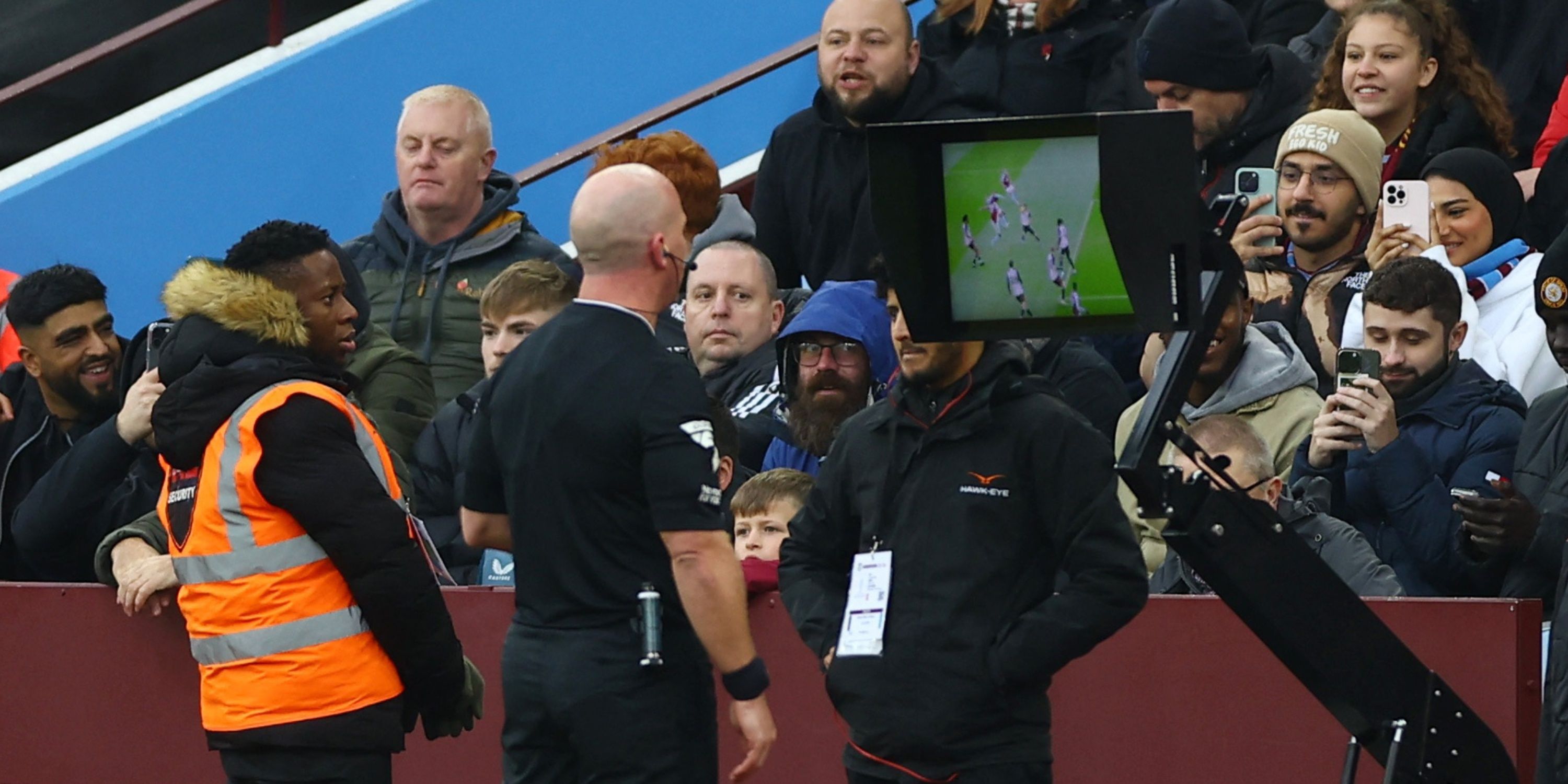
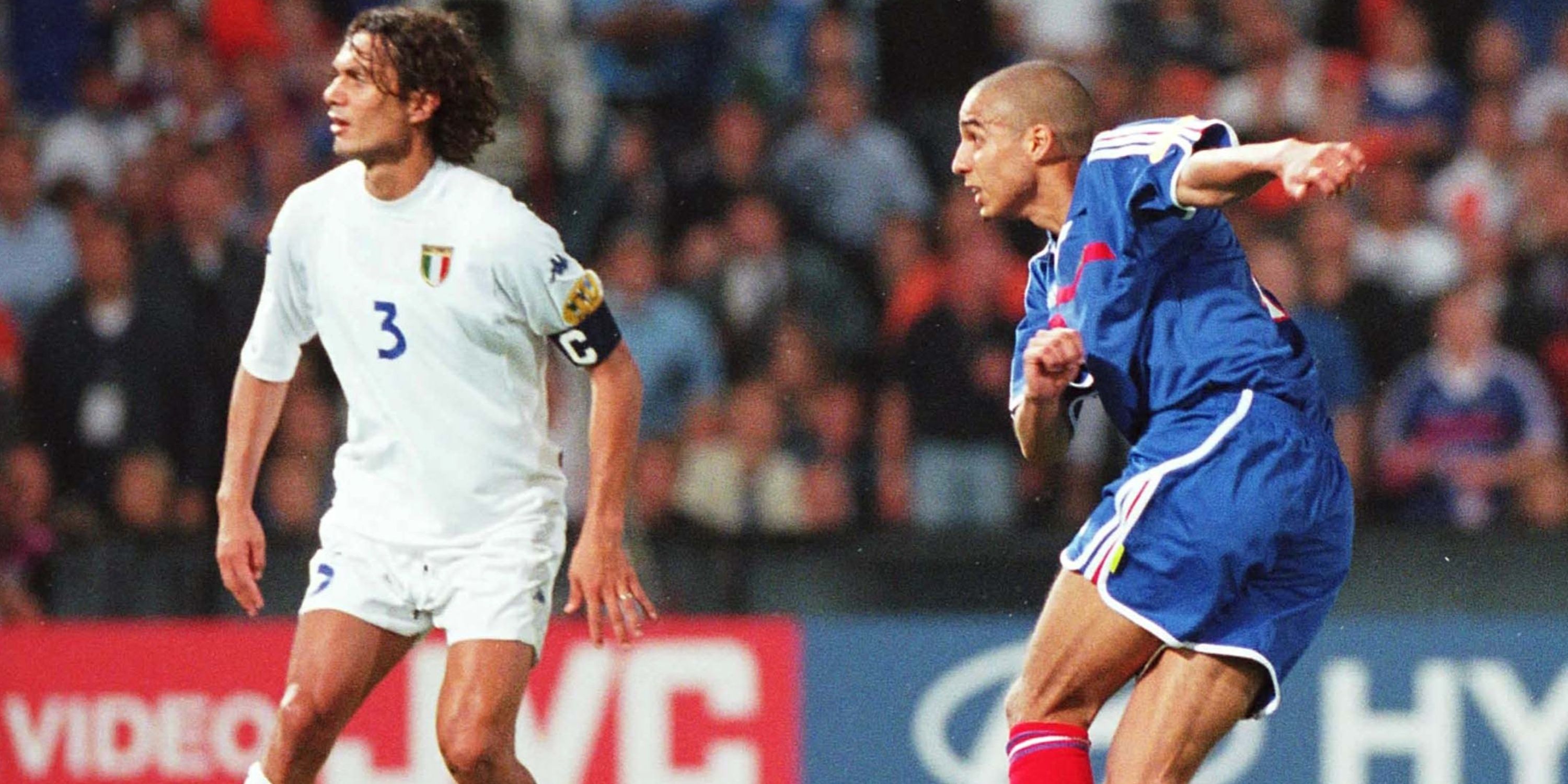
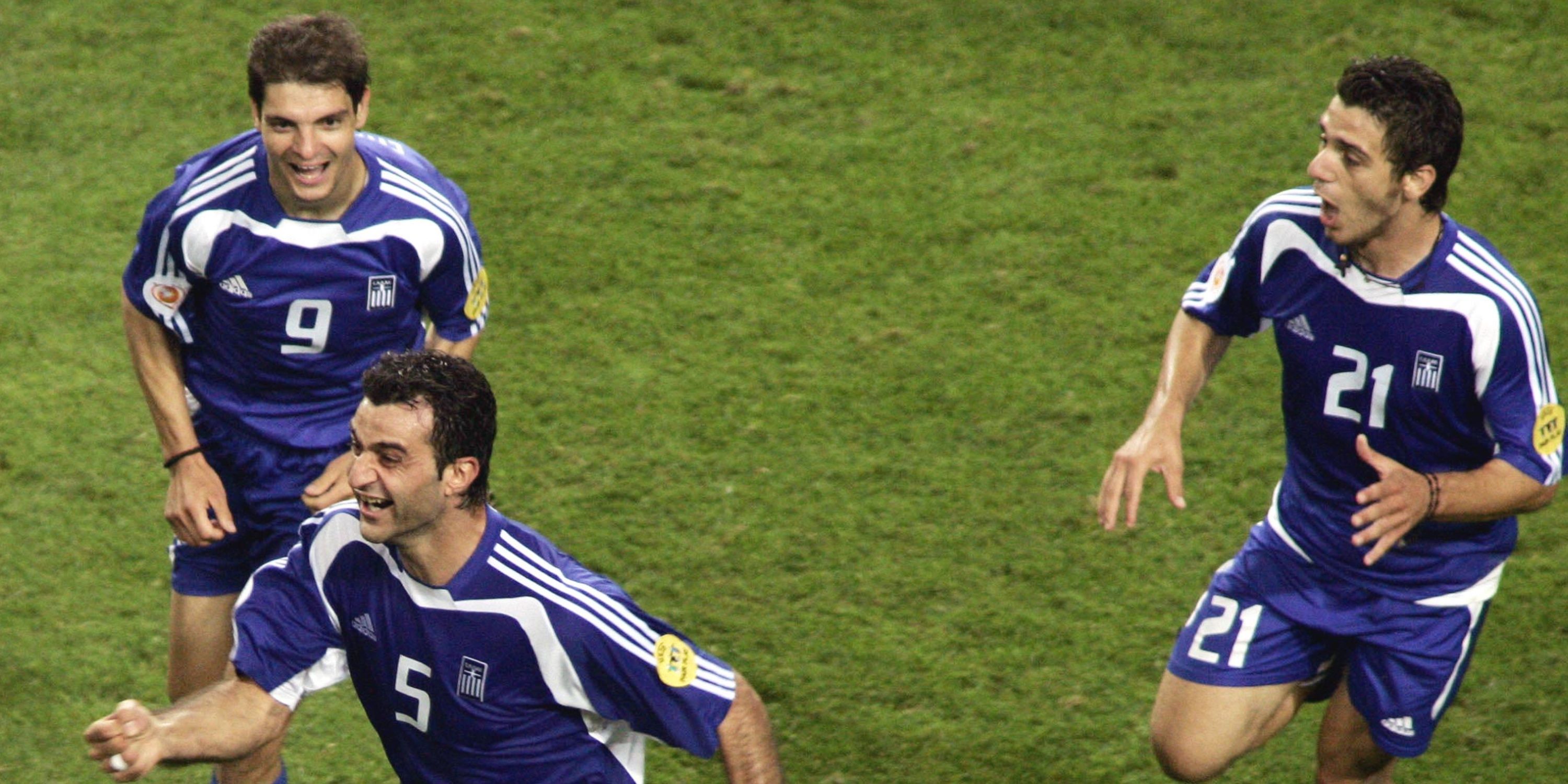
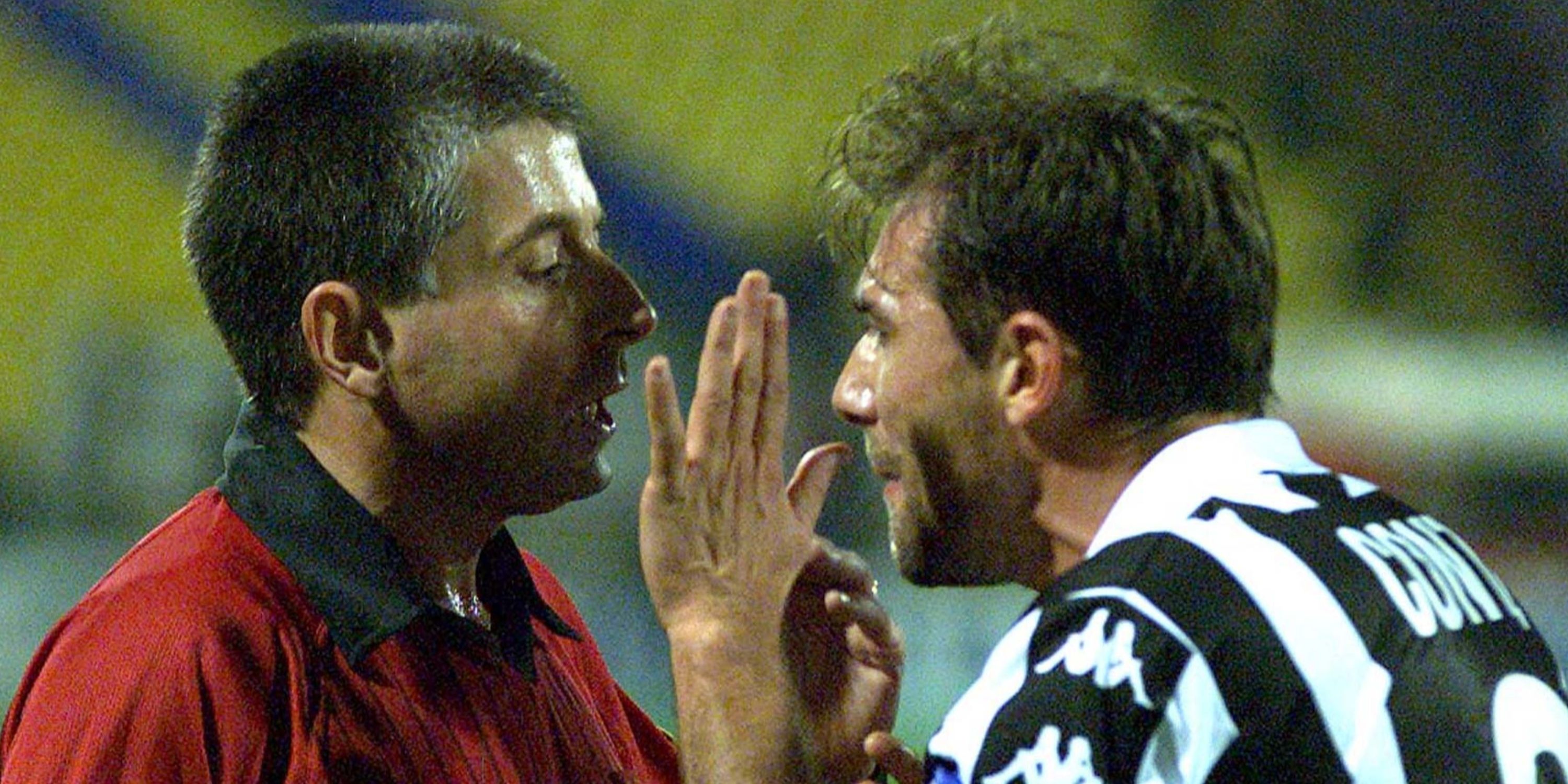
Leave a Reply